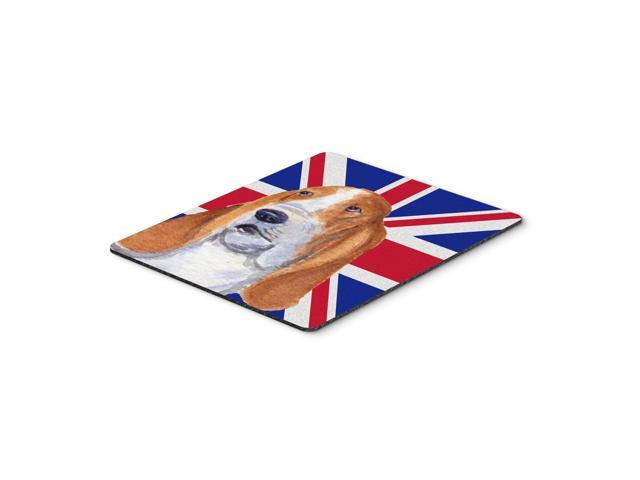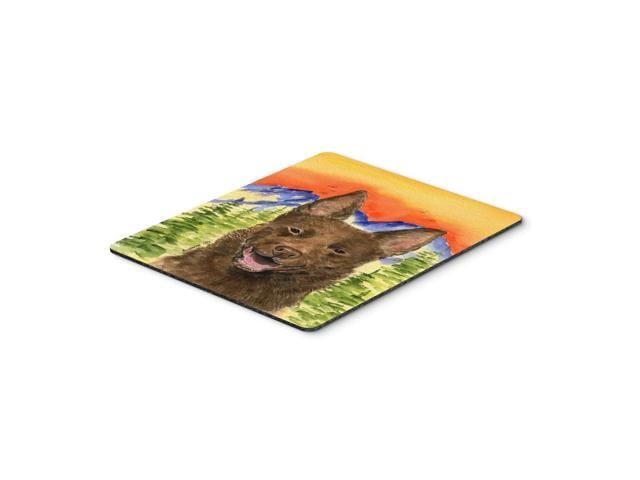Excerpt from Rodent Population Densities and Food Habits in Arizona Ponderosa Pine Forests
Thinning ponderosa pine forests would favor cliff chipmunks over gray-collared chipmunks where both species are present. Clearcutting would eliminate both species and the golden mantled ground squirrel. However, the degree of thinning, when all slash is removed, would have little effect on other species. If cull logs and large diameter limbs are left scattered after thinning, deer mouse densities will increase in proportion to the increase in cover. When slash is piled or windrowed, brush mice and Mexican woodrats will move into the pine type, and deer mouse population density will increase slightly. There fore, the treatment of slash, rather than the actual pine thinning, is the primary factor determining rodent density and species diversity.
Forbs were the primary food item for all rodent species during the summer. Seeds and flowers were preferred to other parts of the plant. Ponderosa pine seeds and seedlings did not con tribute significantly to the summer rodent diet on the Beaver Creek Watershed.
About the Publisher
Forgotten Books publishes hundreds of thousands of rare and classic books. Find more at www.forgottenbooks.com
This book is a reproduction of an important historical work. Forgotten Books uses state-of-the-art technology to digitally reconstruct the work, preserving the original format whilst repairing imperfections present in the aged copy. In rare cases, an imperfection in the original, such as a blemish or missing page, may be replicated in our edition. We do, however, repair the vast majority of imperfections successfully; any imperfections that remain are intentionally left to preserve the state of such historical works.















